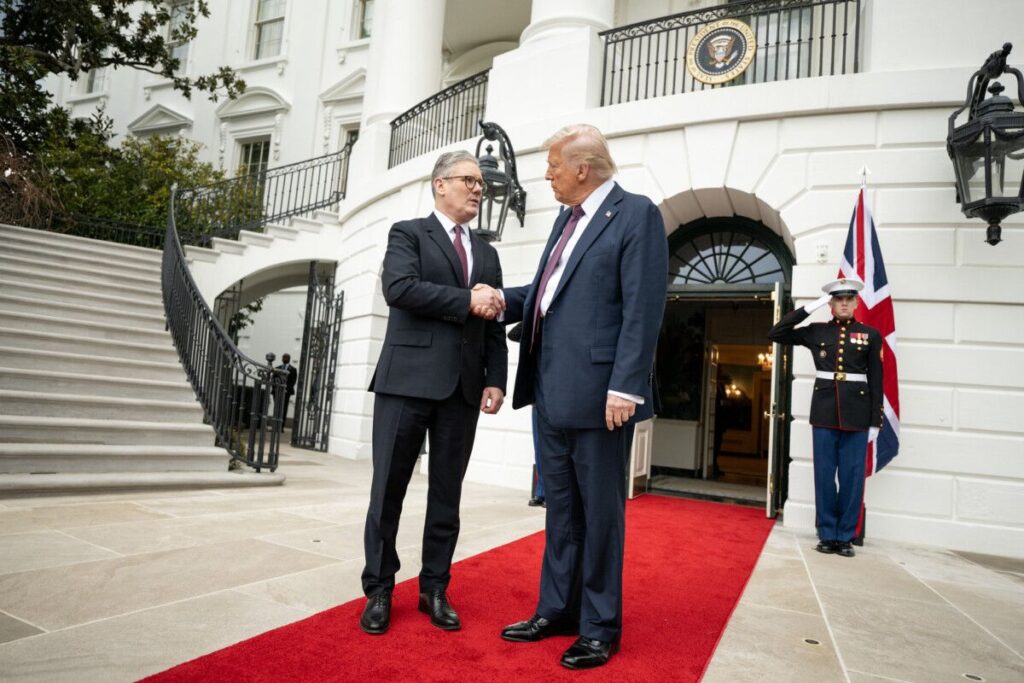
In the post-Brexit world, the prospect of a comprehensive UK-U.S. trade agreement has become a symbol of a new trade relationship with the world, a key challenge, and political recalibration. The urgency of such a trade deal dramatically increased for President Trump and Prime Minister Starmer as both sought to demonstrate wins in their trade strategies.
While the UK-U.S. deal signed on 8 May is well short of a comprehensive free trade agreement (FTA) given its narrow framework, it addresses key immediate impacts of President Trump’s tariffs as well as some market access issues. For two largely service based economies, the deal only promised continued negotiations on services and digital trade related agreements.
For the UK, forging a bilateral trade agreement with the U.S. was a key step in its post-EU economic strategy. Leaving the European Union, the UK has sought to diversify its trading partners and assert itself as a global trading nation. A deal with the U.S.—the UK’s single largest individual trading partner— lends credibility to that ambition. The deal yields key opportunities for UK car manufacturer and aerospace firms.
For the U.S., the deal with the UK reinforced ties with a key ally while offering opportunities for American businesses, especially in agriculture, in a relatively open, familiar market. It also allowed President Trump to demonstrate a “win” in his tariff and trade strategy.
Civil servants on both sides of the Atlantic were sceptical a deal could be worked out, but despite those concerns, this narrow deal navigated through some thorny areas including UK consumers and advocacy groups wary of accepting American standards on food safety, including chlorinated chicken and hormone-treated beef. The deal also avoided particularly sensitive areas for the UK on protecting the National Health Service (NHS) and rural communities.
Rather than a traditional, sweeping free trade agreement, the deal reflects the type of customized bilateral agreements that the UK is undertaking across the world. It is clear that the future lies in modular deals—with subsequent agreements on specific areas agreed in the future on issues such as digital trade and financial services. These more targeted agreements could help build trust and set the stage for broader economic integration. While it’s unclear whether the is narrow scope was strategic or just a simple necessity of announcing a trade deal quickly, it suggests a way forward for both the U.S. and UK on trade.
The ability for the Trump administration to turn back to additional bilateral agreements with the UK on services, digital trade and financial services will be limited in the interim given tsunami of work the Trump administration has ahead to negotiate bilateral deals with much of the world. The UK’s agreement, first in line, signals a clear indication of the priority Trump’s administration puts on the UK-U.S. alliance.
Dawson Law is the former U.S. Department of the Treasury Representative at the U.S. Embassy in London.